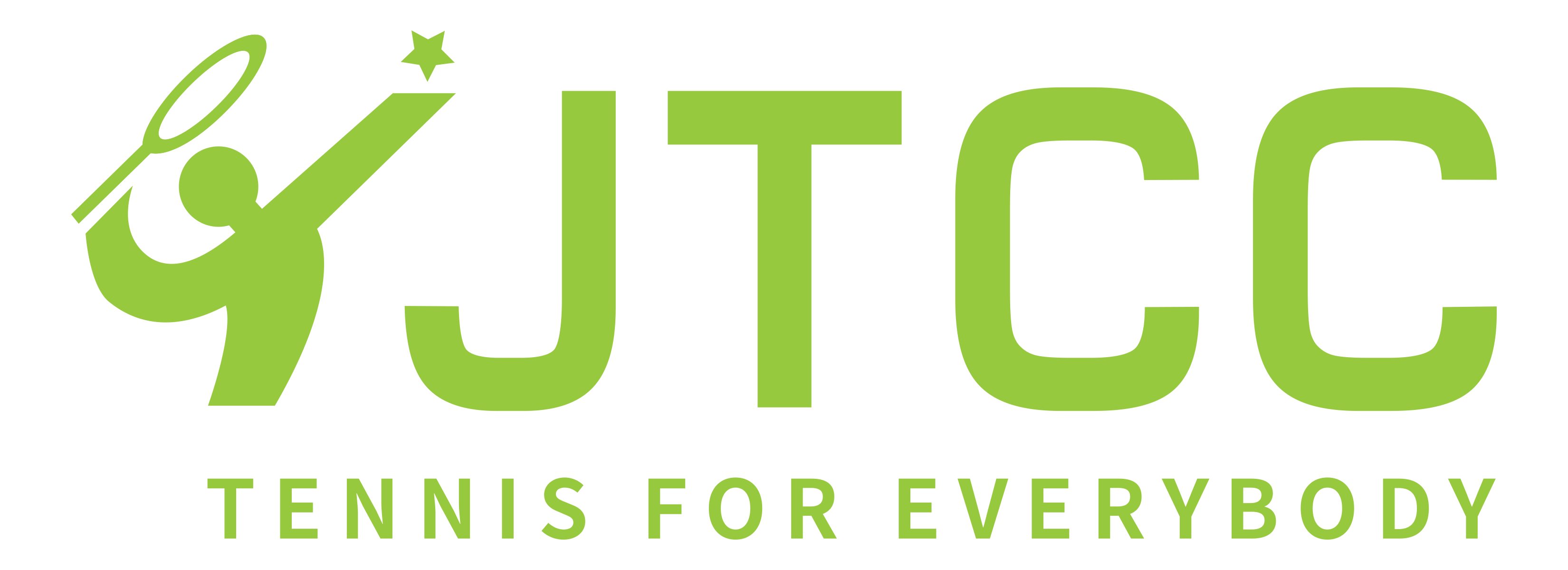Coach Mira explains the importance of learning to play on clay courts:
I have worked at JTCC for three and a half years and I really wish players would ask that question more often! In fact, it is common for us, the coaches, to see “sad/annoyed faces” any time we decide to train on clay. This is particularly striking to me as a coach and former player who predominately grew up playing on clay. To this day, I am glad I spent thousands of hours perfecting my “sliding” skills as well as developing “soft hands”, because it made me a better tennis player. Despite the majority of US junior tournaments being played on hard courts, I would like to point out some big advantages to spending more time on the “dirt” for young players.
Slower speed of the ball
I believe this is one of the biggest benefits for any player. Regardless of the type of ball (green dot or yellow), the surface gives you more time to prepare, to react to incoming balls, and execute more technically sound groundstrokes. On average, players usually have longer rallies which brings more fun to the game, but also challenges them to develop points with more patience. In many cases, a lot of players will initially struggle to adapt to the surface and how to successfully construct points. However the experience and requirement to develop their shot decision making will only bring benefits in the future.
Well rounded
Clay helps to develop a more complete game. Unlike hard courts, different types of spins and angles are required to win points. Because hitting a winner is a relatively tough thing to do, players need to master several fundamental “clay court” shots such as drop shots, heavy topspin balls, slices, and short angles.
“The Grind”
It promotes mental stamina as being physically prepared to play on clay is one thing but mental preparation is a whole other ball game. Clay court points last much longer so you have to be more patient than your opponent. This surface isn’t about who can hit harder but who can hit smarter. The momentum of each game can change very quickly as there are no “easy” points. Allowing young players to be exposed to such experience helps them to build their character and is very critical part of their development. The bottom line is that the willingness to run down ball after ball and the intelligence to construct point after point is the ONLY formula for success.
Slide
Clay teaches you more than footwork as you also have to learn how to slide. Playing on clay can really help improve footwork, movement, and balance. The signature movement is sliding, a unique athletic ability that should be used for both offense and defense. However, it can either make you or break you. The unforgiving clay can be slippery, dry, or just surprise you with an unexpected bounce. You should always remember that your opponent will be dealing with the same conditions and that is when it is time to “Trust Your Training.” Understanding the surface and learning to adjust to different bounces are just a few of the small details that will make big things happen.
Less risk of injury
Clay courts reduce the risk of an injury. In my opinion, the primary goal of any coach is to keep a player healthy as much as possible. Young player’s bodies’ change quickly over very short period of times and it is essential that they spend adequate hours on a softer surface which puts less stress on the joints and back.
In conclusion, young players can only benefit from increased time on clay courts. Their movement, creativity, and mental stamina will improve which will make them better competitors and let’s face it, who doesn’t like to look at a pair of dirty “clay court” socks as a testament of a great practice? 🙂



